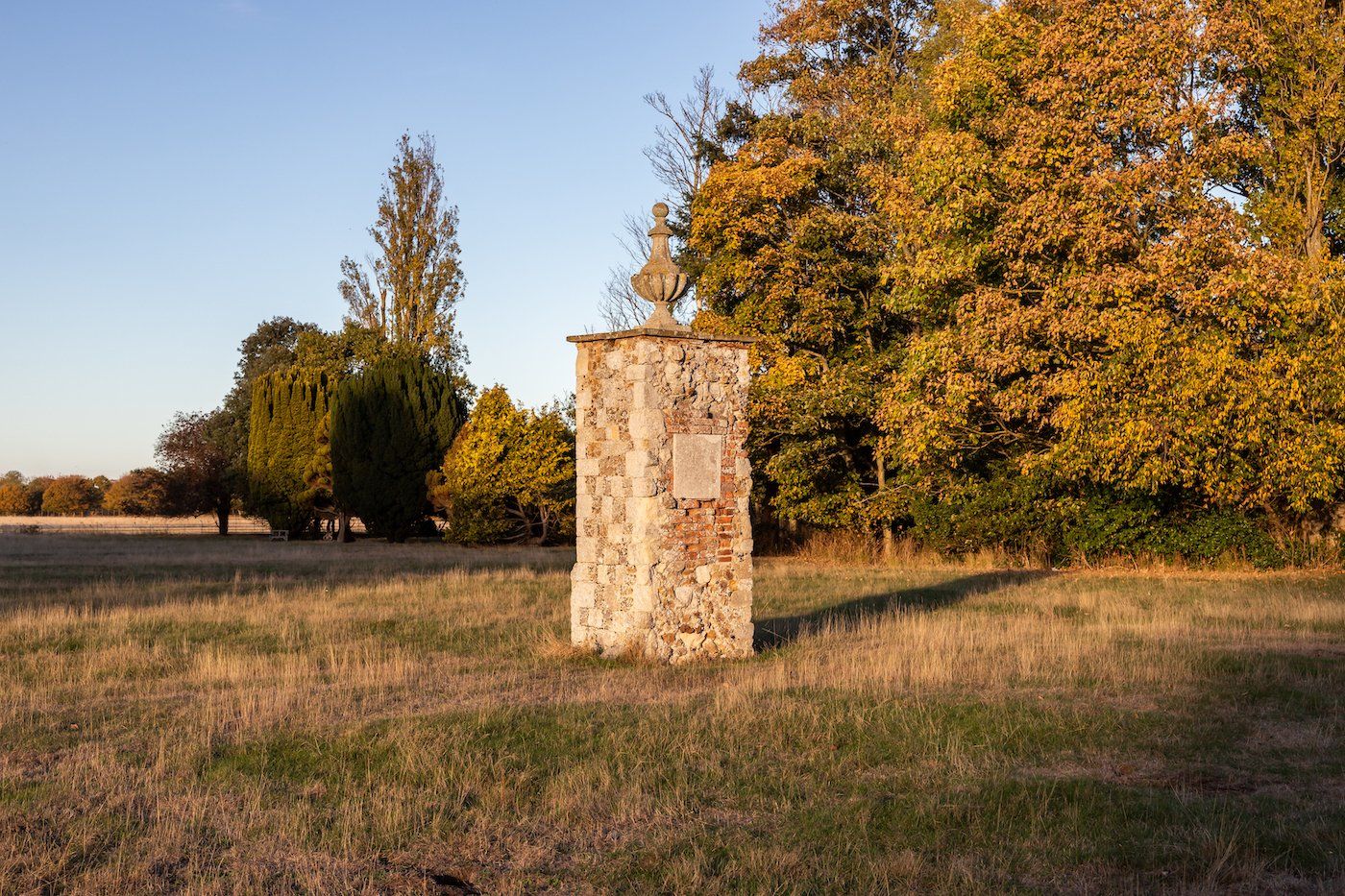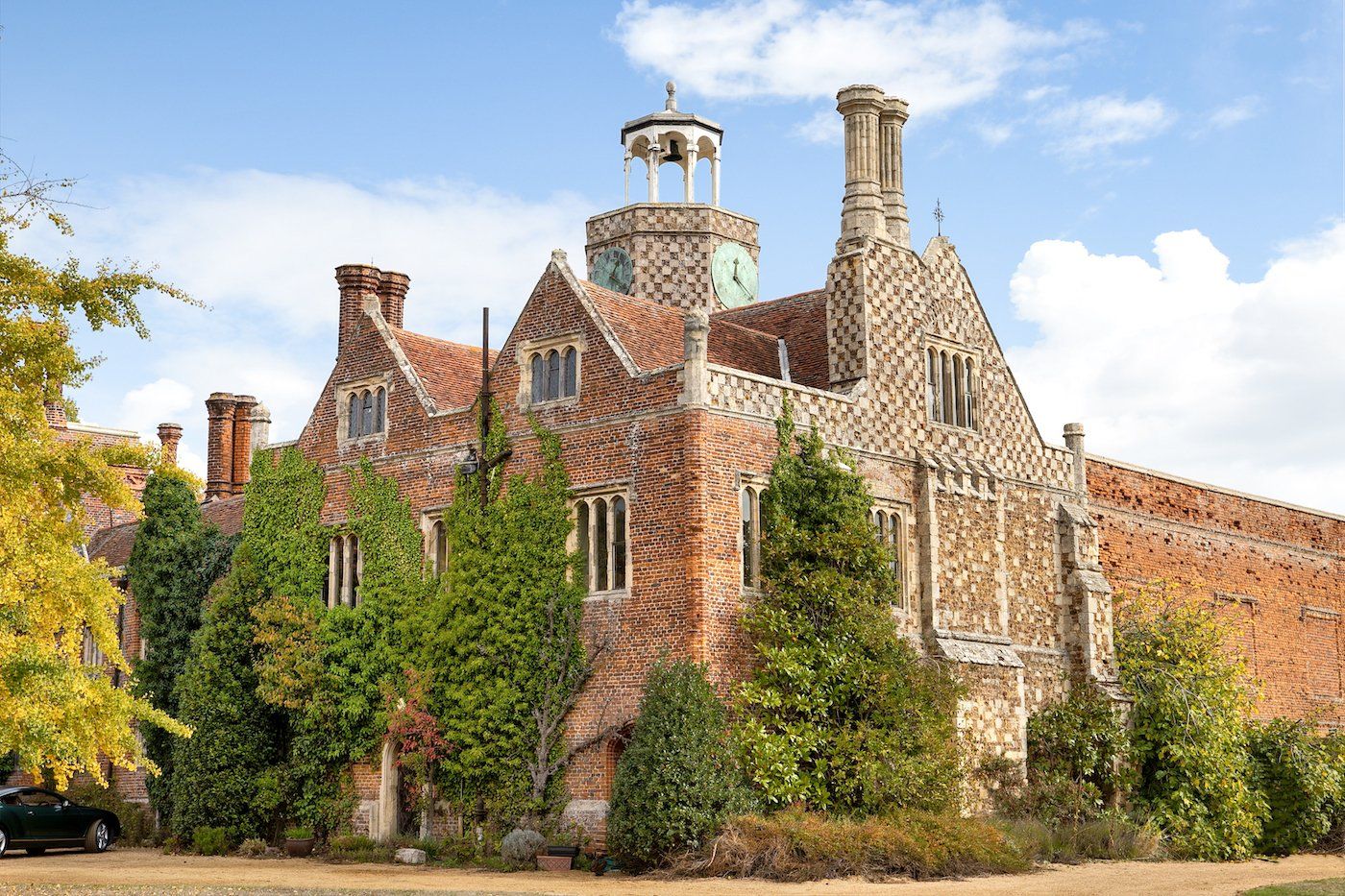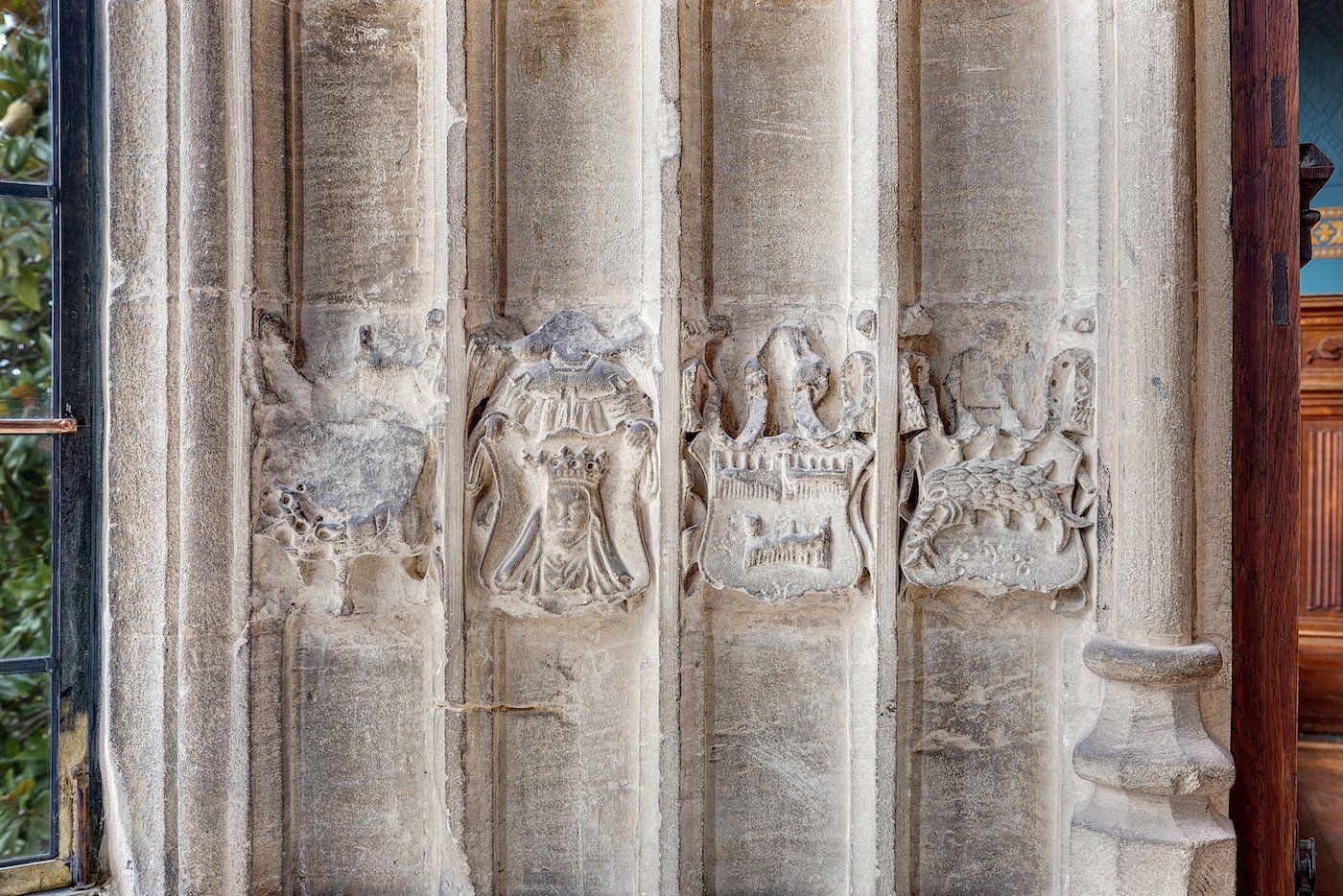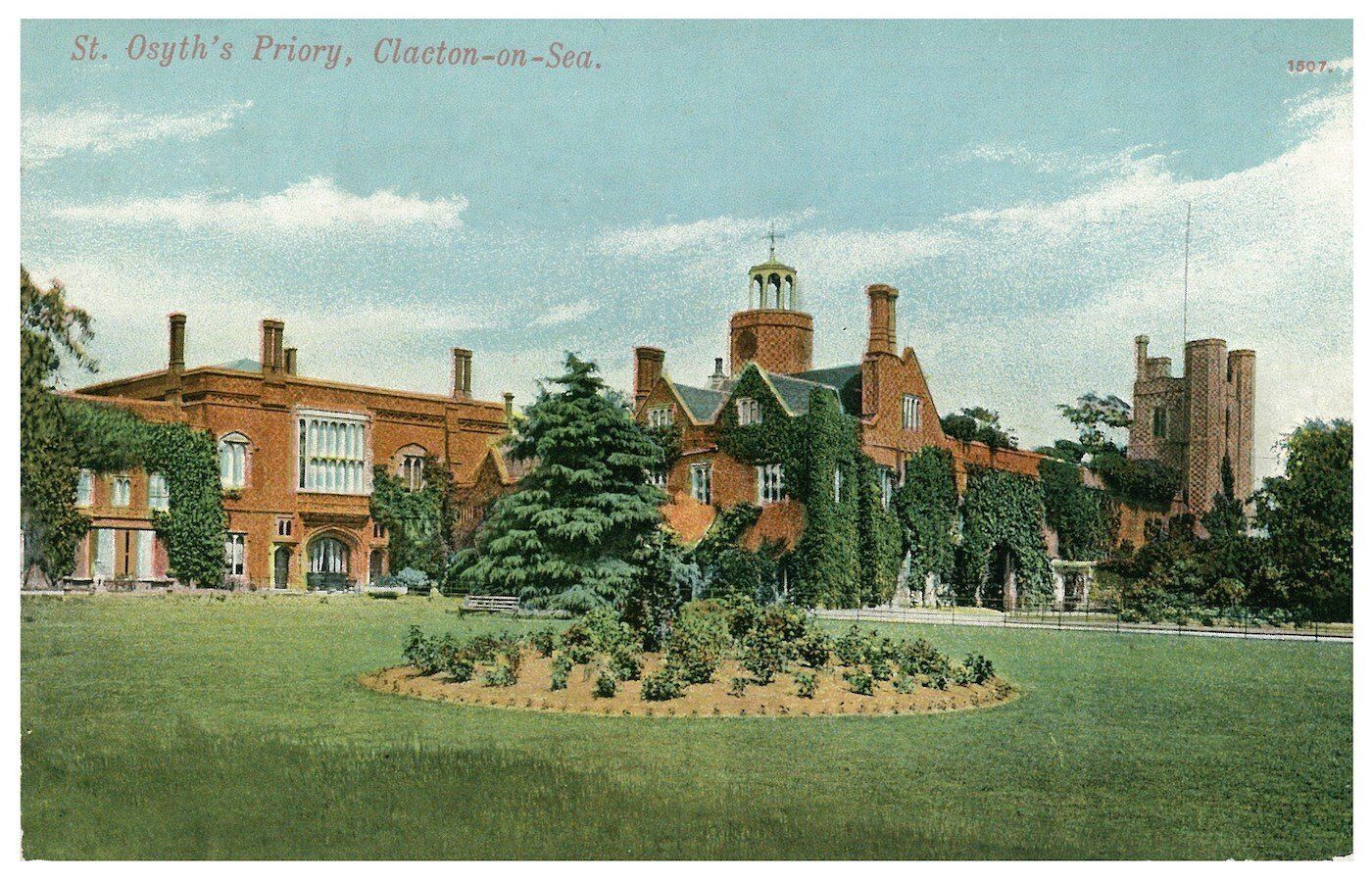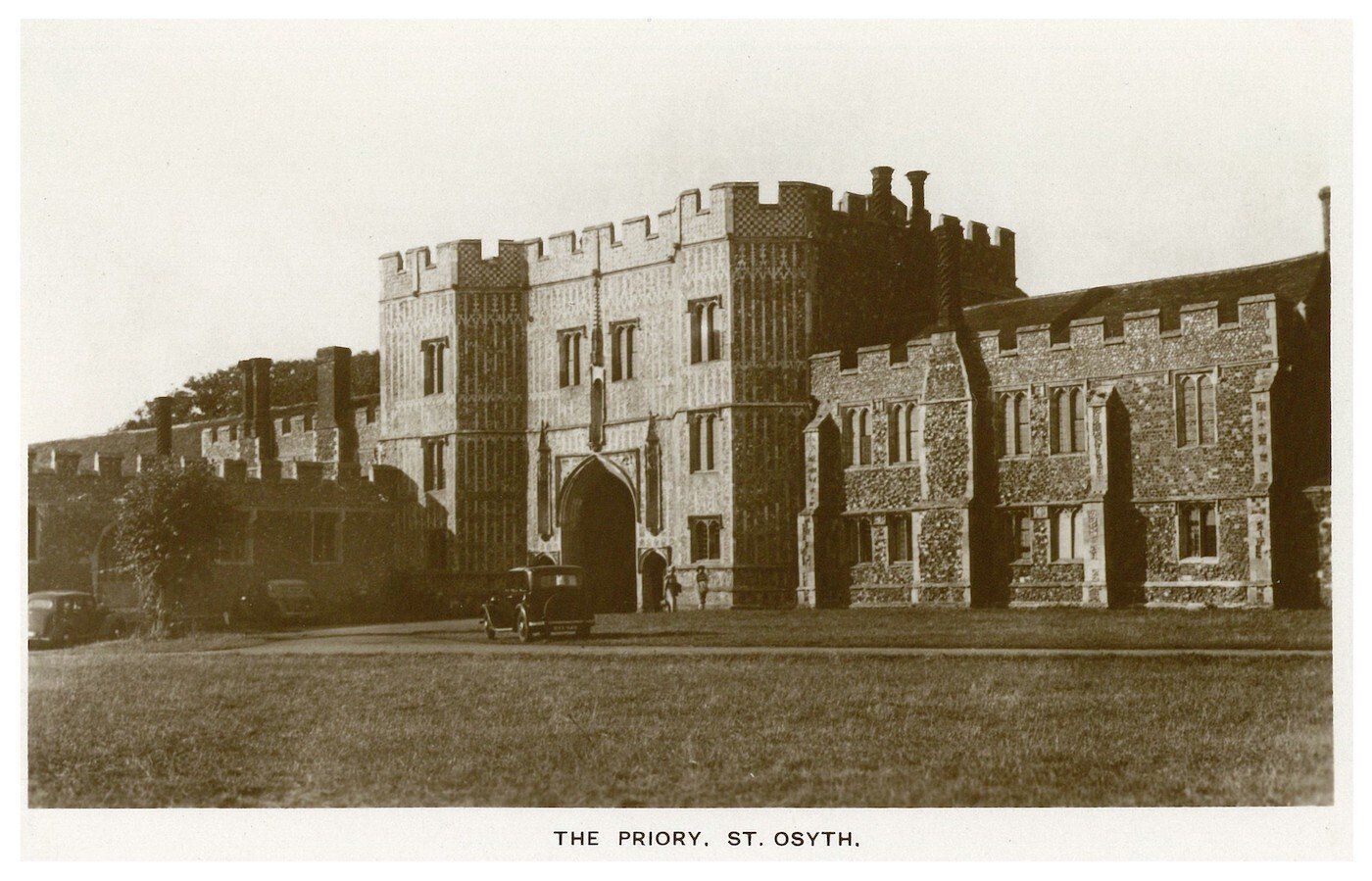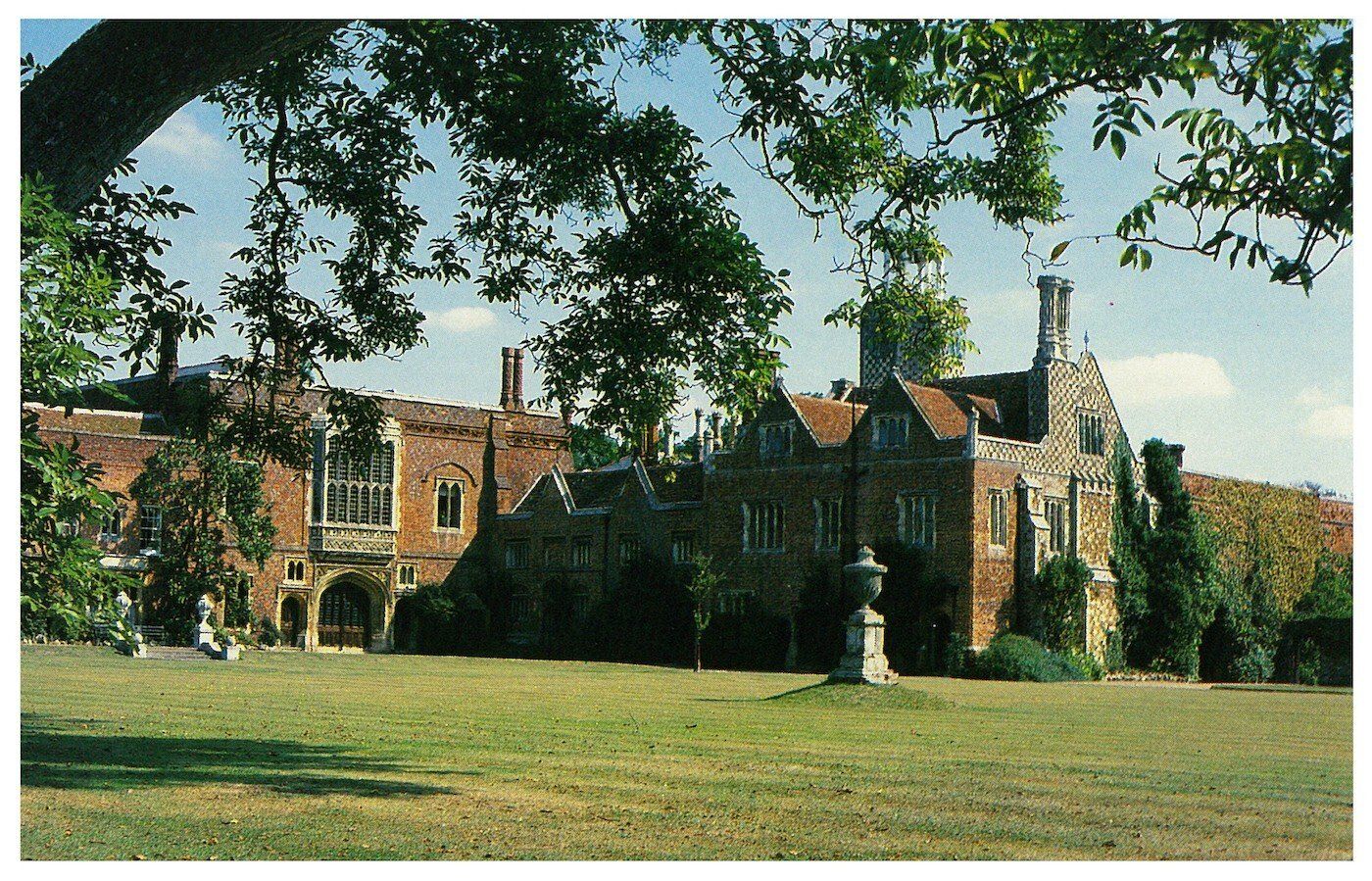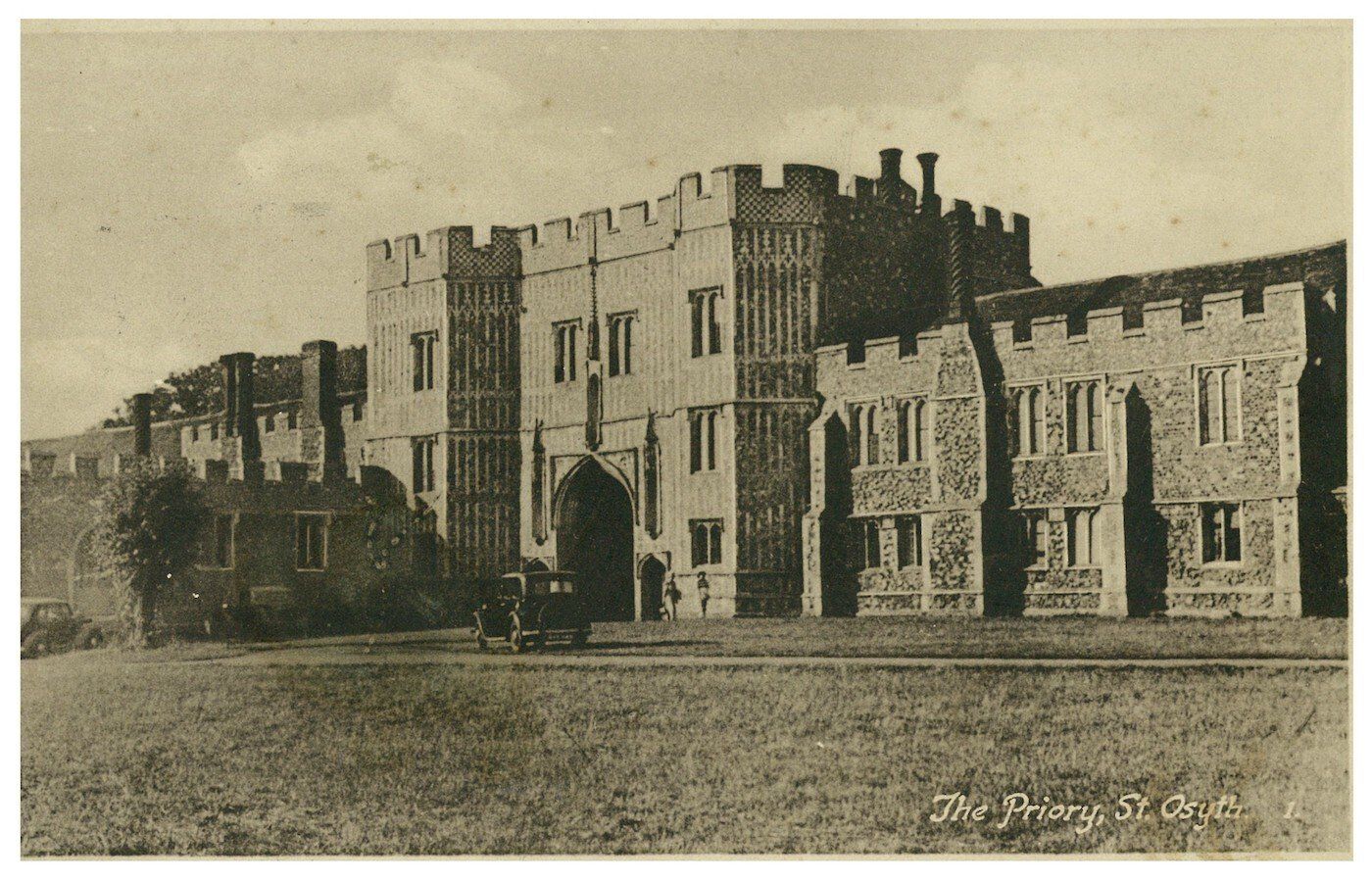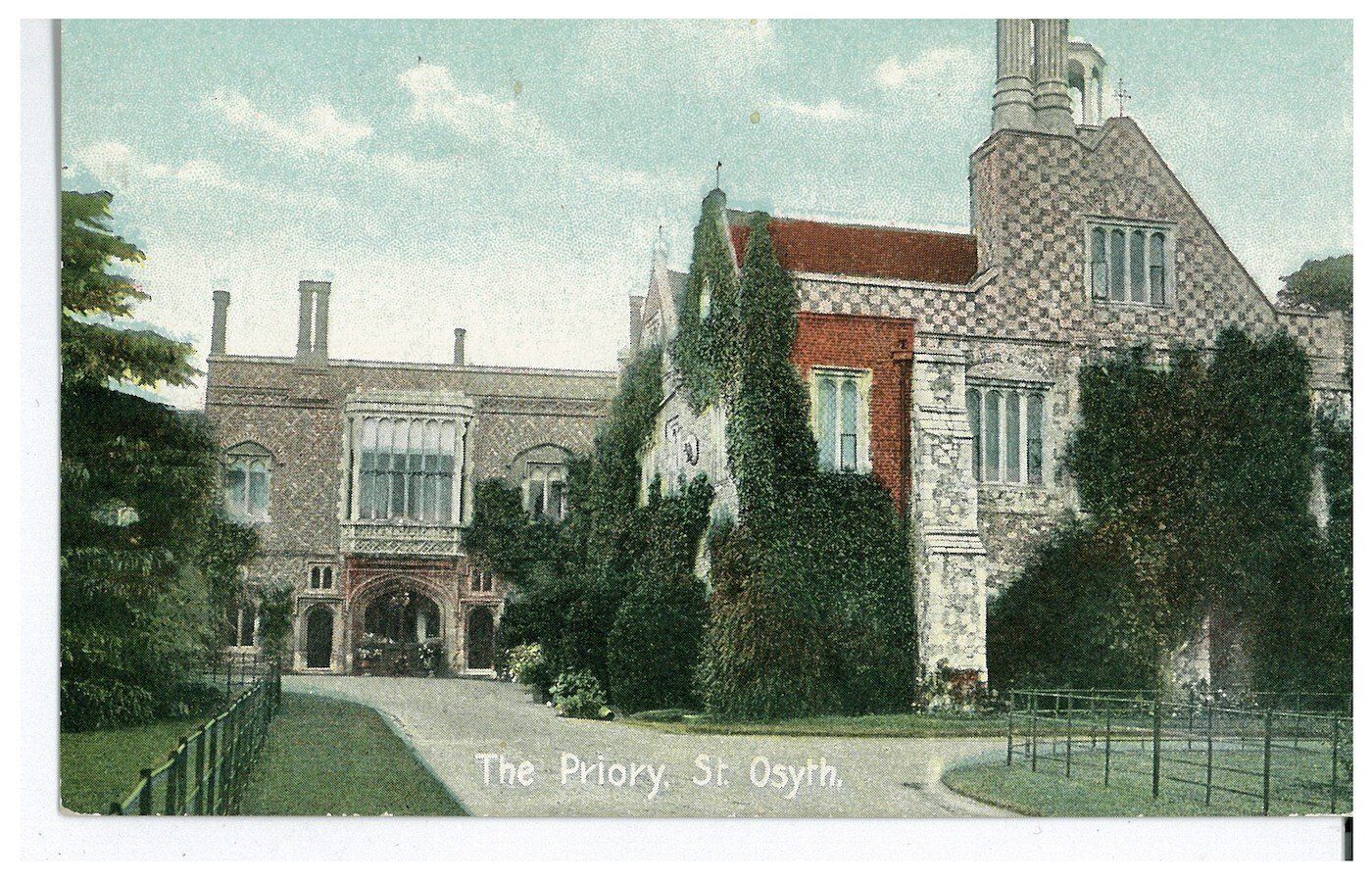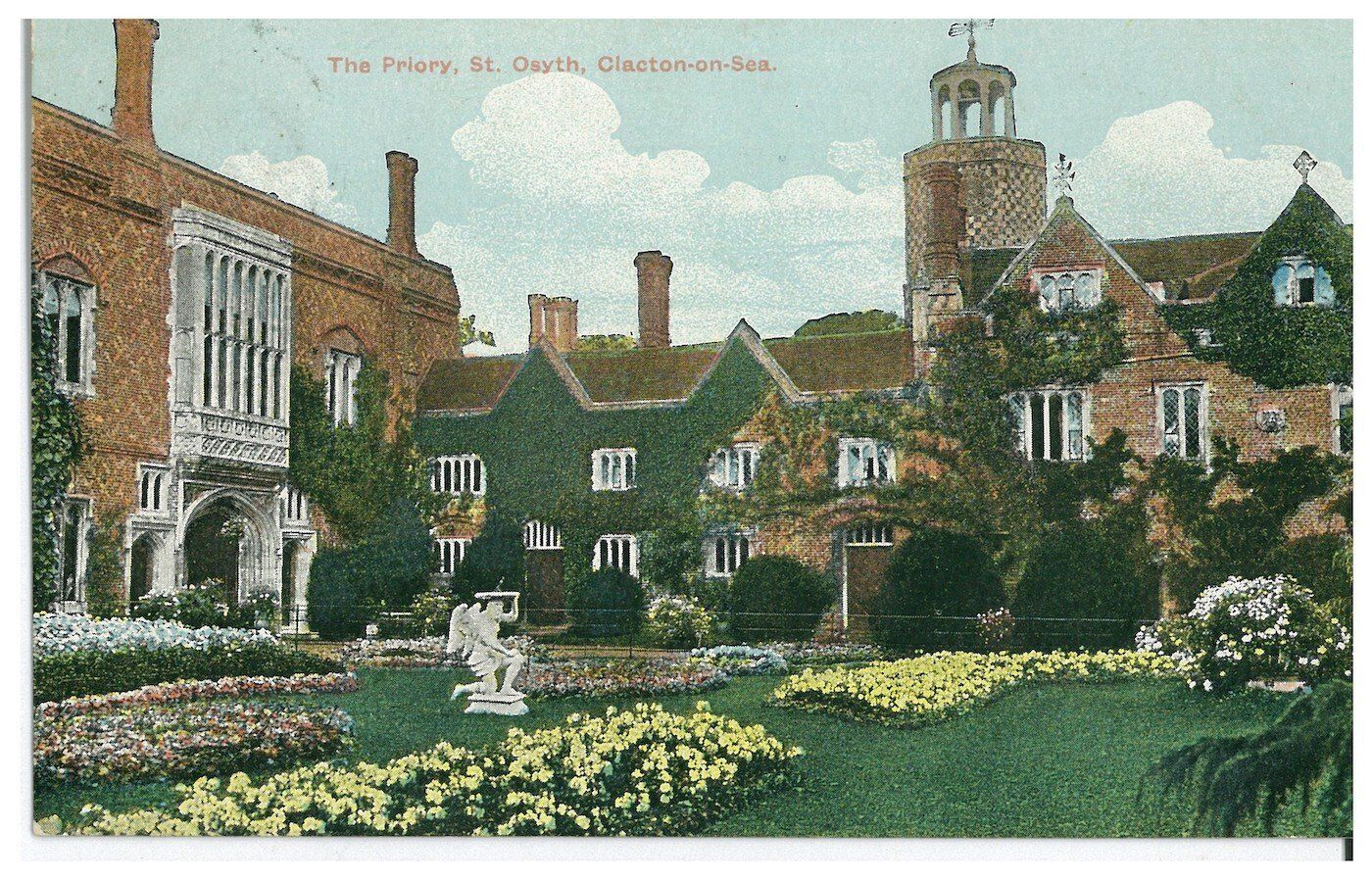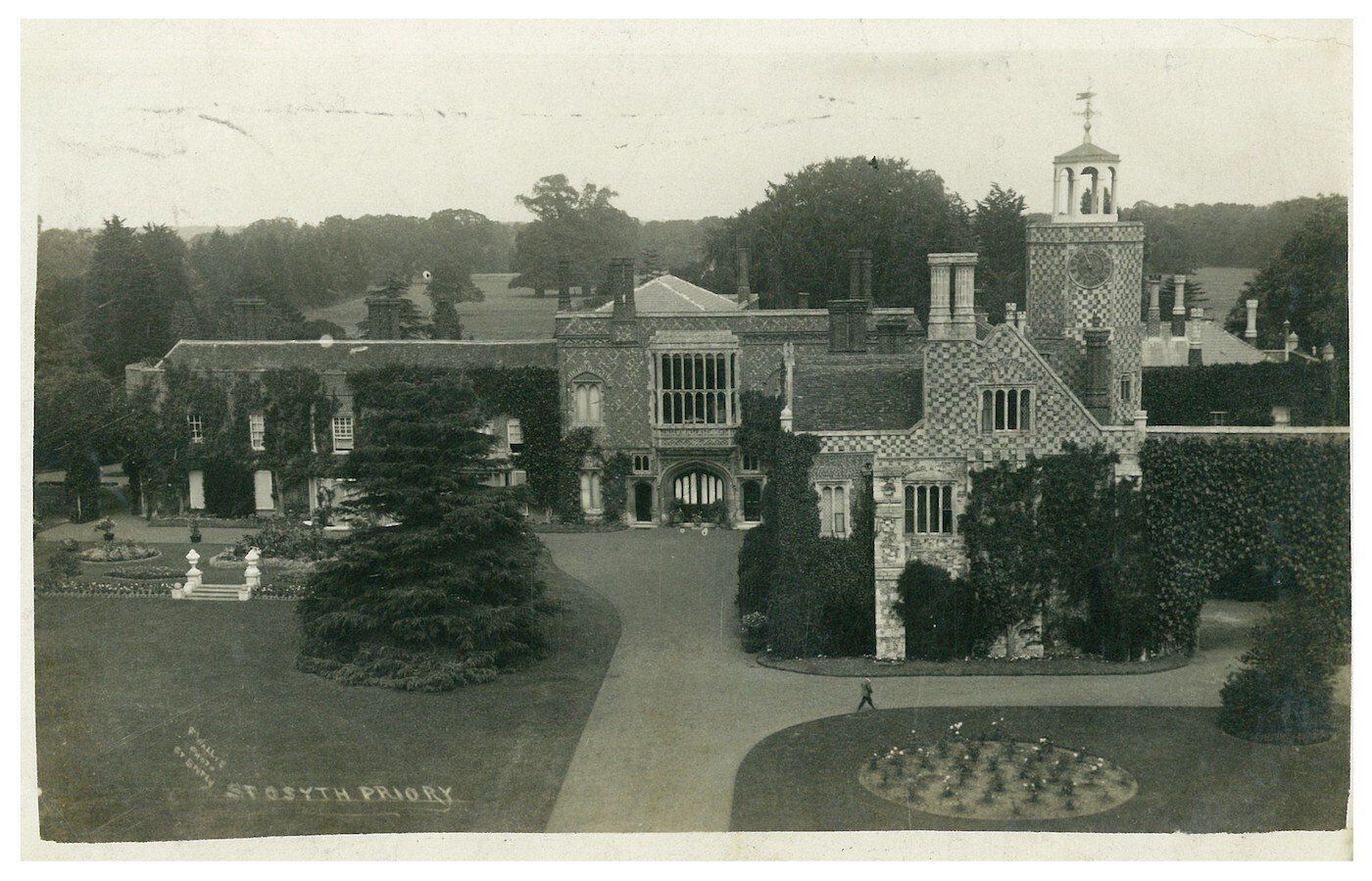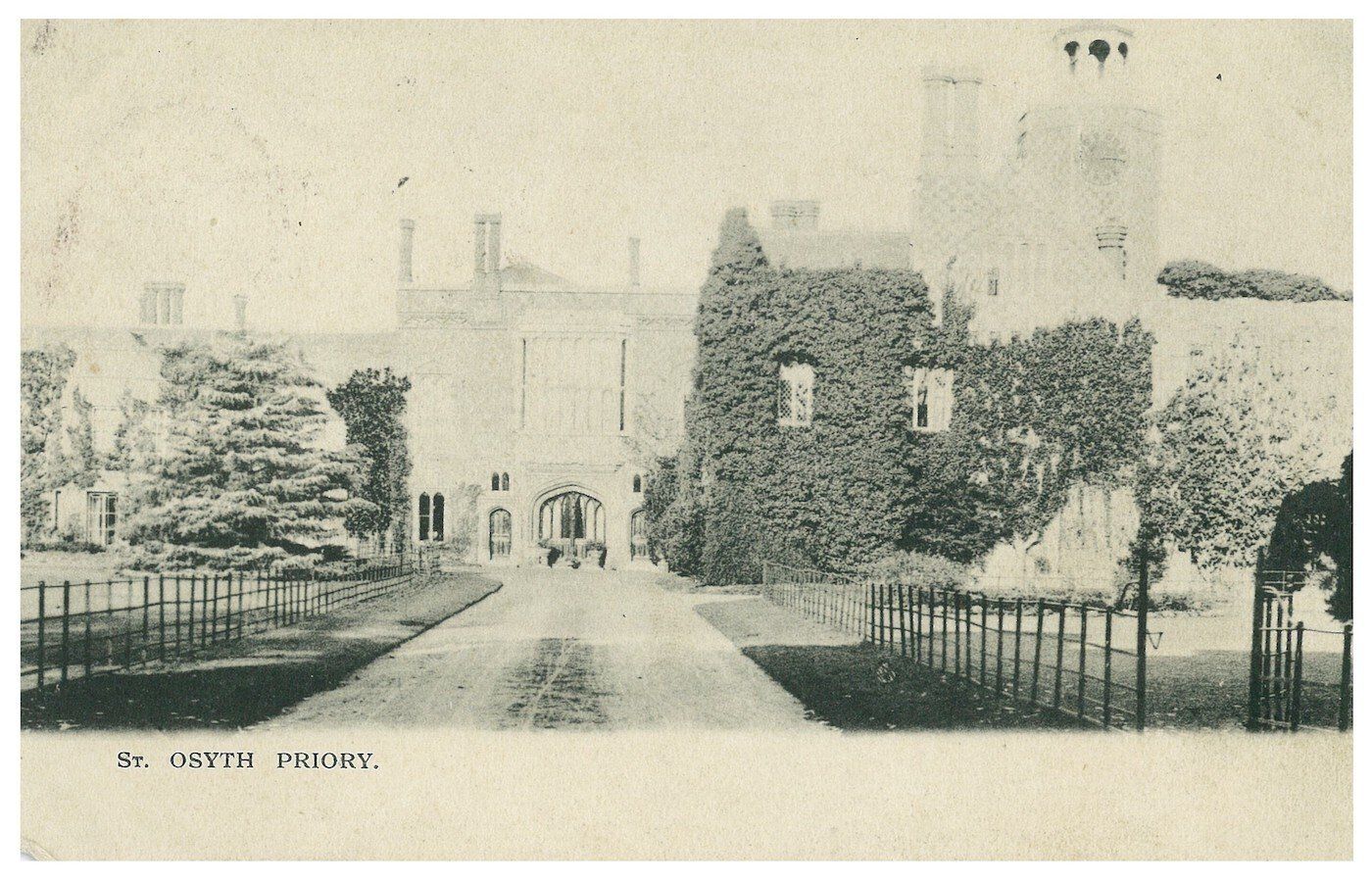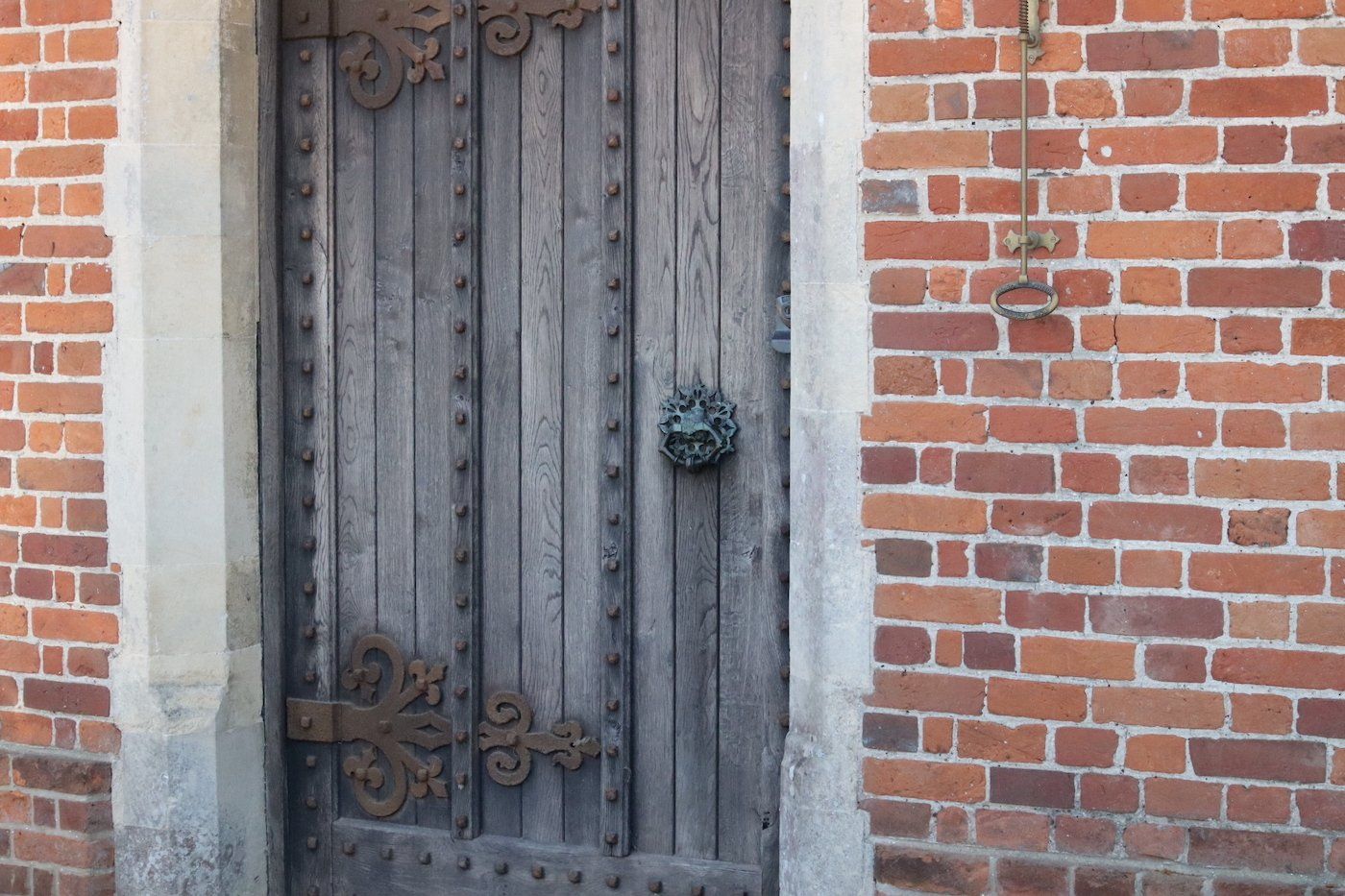THE TALE OF A LOCAL LEGEND
Steeped in History
The St Osyth Priory estate can trace its history back almost 1,400 years, to the legend that gives the estate its name. Osgyth (or Osyth) was an English saint who died c700 AD. Forced by her father into a dynastic marriage with the King of Essex, she produced a son.
But her heart had always been set on service to God, so while her husband ran off to hunt down a beautiful white stag, Osyth persuaded two local bishops to accept her vows as a nun. After her husband’s death, she established a convent in the hamlet of Chich, which later took her name.
The convent became renowned for its piety, but according to legend a Danish raiding party tried to force Osyth to pray to their gods. When she refused, the Danes beheaded Osyth as she kneeled, praying. The body of St Osyth then stood up and picked up her head and walked a third of a mile to the church door where she knocked three times and collapsed. A healing spring emerged on the spot where her head had fallen.
An Augustinian Abbey was founded in St Osyth around 1120 by Richard de Belmeis, Bishop of London. Today significant elements from these monastic buildings survive, most notably the late 15th century Gatehouse and the Bishop’s Lodgings added for Abbot John Vyntoner in 1527.
In 1553 the estate was granted by the Crown to Thomas, 1st Lord Darcy (1506-58), who became Lord Chamberlain of the household under Edward VI. The Abbot’s Tower and the Clock Tower, which still remain today, would have been key features of the estate when Queen Elizabeth I visited St Osyth Priory on her Royal Progresses in July 1561 and again in August 1579.
Darcy House, the main residence of the estate, was requisitioned during World War I and then sold in 1948 to the Loyal and Ancient Order of Shepherds who founded a convalescent home here. Their alterations were largely confined to the Victorian service range. In 1954 Mr Somerset de Chair, a popular novelist and MP, purchased the property, allowing the convalescent home to remain in the main building for many years, in fact until 1980.
De Chair converted the Gatehouse and developed the gardens, opening the property to the public. After his marriage in 1974 to Lady Juliet Wentworth Fitzwilliam, the Wentworth Woodhouse art collection which she had inherited was displayed here. On de Chair’s death in 1995 the property was put up for sale by his widow, and it was eventually purchased by the present owners, the Sargeant family, in 1999.
Over recent years the Sargeant family have set about a comprehensive refurbishment of the estate, bringing it back to new life through features including new homes, county retreat holiday accommodation, stunning parkland, a working rare breeds farm, a luxury wedding venue, a country pub as well as restoration of the 16 separate Grade I, Grade II* and Grade II listed buildings and a significant Scheduled Ancient Monument within the St Osyth Conservation Area.
A TIMELINE OF A COUNTRY HOUSE ESTATE
1553–1920
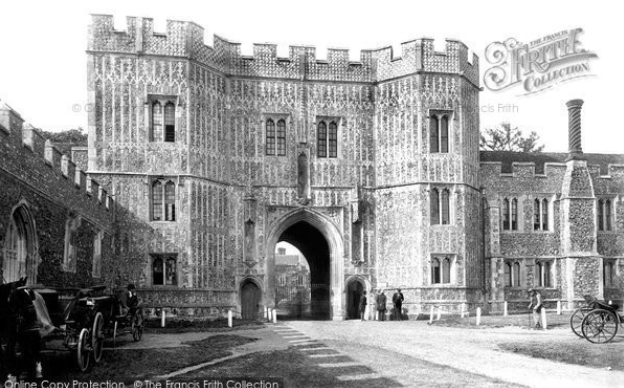
1539–1547
The Abbey was dissolved on 28th July 1539, during Henry VIII’s Reformation, and passed first to Thomas Cromwell. After his execution in 1547, it was given to Princess Mary. The Abbey buildings survive to varying degrees of intactness, the most prominent today being the Gatehouse and the Abbot’s Lodging, part of extensive additions made by Abbot Vyntoner in 1527, both reflect the Abbey’s wealth in the late medieval period.
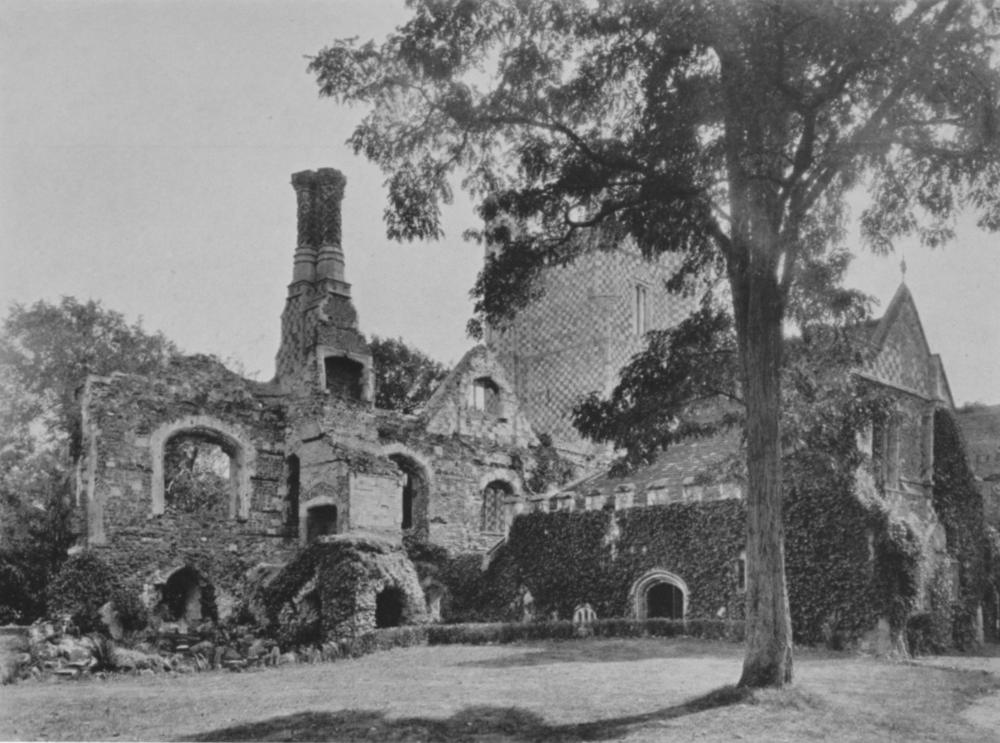
1553
The property was granted by the Crown to Sir Thomas Darcy, subsequently the First Lord Darcy of Chich, for the sum of £3,947. Darcy was responsible for transforming the monastic remains between 1553 and his death in 1558 into a substantial country house.

1561 & 1579
Queen Elizabeth I visited St Osyth Priory twice on her Royal Progress, in July 1561 and again in August 1579.
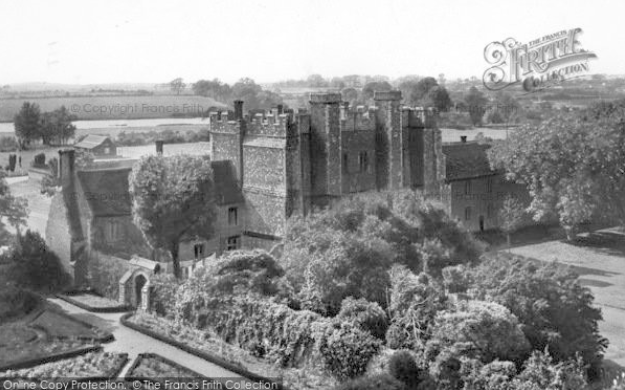
1639
The property was inherited in 1639 by Elizabeth Darcy (later Countess Rivers), daughter of the Third Lord Darcy. She married Sir Thomas Savage, afterwards Earl Rivers, and the Estate passed down the Rivers line until 1714.
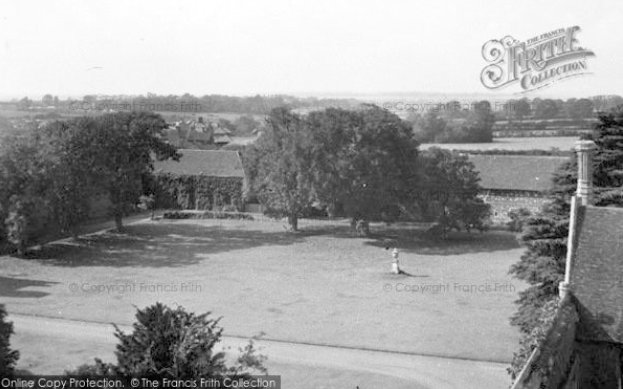
1642
A staunch Catholic and Royalist, Countess Rivers suffered cruel depredations in the Civil War. In 1642, the rabble ransacked her house at St Osyth. All the furnishings were stolen, or destroyed, and the deer in the park carried off. The severely damaged house was allowed to decay and remained uninhabited for the next half century.

1714–1721
The Honourable Richard Savage bequeathed St Osyth to his natural daughter, Bessy, wife of Frederic Nassau de Zuylestein, Third Earl of Rochford. The Third Earl took possession of the Estate in 1721 and is regarded as the creator of the fine house that existed at St Osyth in the 18th Century. Rochford concentrated his building work on the west wing of the Darcy House and added westward onto the old Bishop’s Lodging creating a series of entertaining rooms which continued round to meet the west range of buildings to form a partial quadrangle. There was an oval carriage sweep and lawn to the north of a deep block and wilderness gardens to the west of this on the site of the old Monks’ Cemetery. The extent of the 18th Century work is considerable and included alterations to the Gatehouse which can still be seen today.
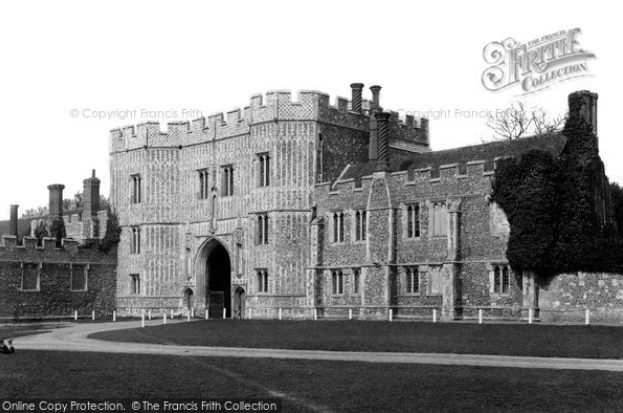
1738–1781
William Henry Nassau de Zuylestein, Fourth Earl of Rochford added a two-storey range – the surviving 18th Century House – which linked his father’s new house to the Bishop’s Lodging. A courtier and diplomat, the Fourth Earl ran up huge debts and was forced to sell off parts of the Estate. In 1781 the reduced St Osyth Estate passed to his natural son, Frederic Nassau.
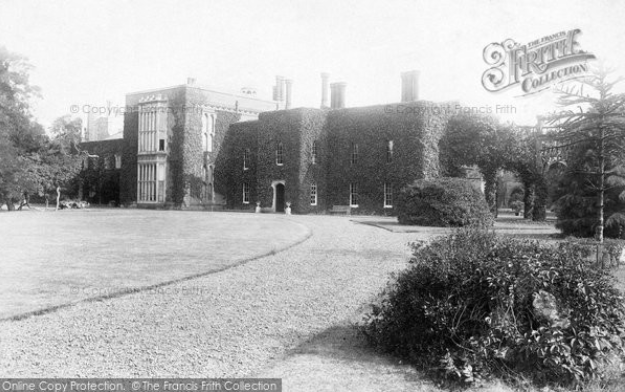
1845–1863
On Frederic Nassau’s death in 1845 the Estate passed to his eldest son, William Frederic Nassau. After his death, the Estate passed to his two daughters, Elizabeth Kirby and Eliza Brandreth who put the property up for auction in 1858. Charles Brandreth, husband of Eliza, purchased St Osyth Priory itself, though not the Estate, for £12,000. He demolished most of the Georgian house in 1859. St Osyth’s Priory was briefly lived in by the Brandreths, though in 1862 it was leased to Hyman Allenby for a year.
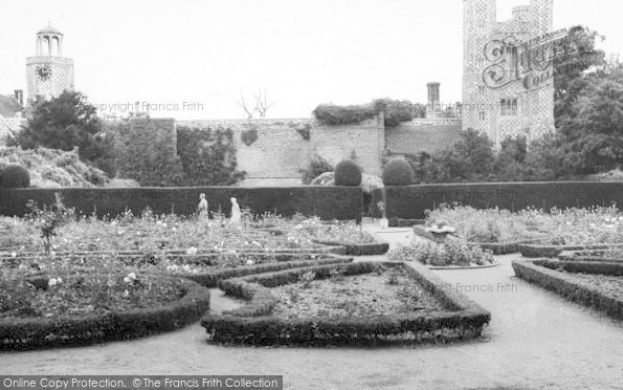
1863
The Estate was purchased at auction by Mr (later Sir) John H Johnson, a London corn merchant in 1863 who was responsible for creating the sumptuous apartments. Commencing his own building programme, Sir John Johnson demolished existing buildings behind Abbot Vyntoner’s surviving screen wall and created the sumptuous apartments seen in the Darcy House today. He also extended a range of service accommodation to the east and undertook the conversion of the Monks’ Dorter into a Chapel. The Japanese garden and lily pond together with the topiary and rose gardens within the Darcy walls are all part of the Johnson’s legacy.
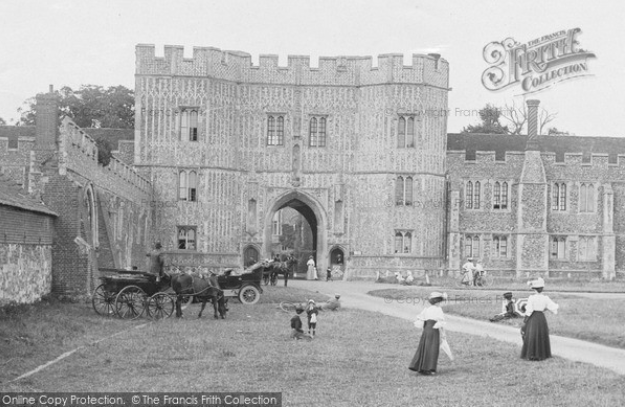
1909–1920
Sir Johnson died in 1909 and the Estate was maintained by his adoptive daughter, Lady Cowley, until her death in 1920 when it was then purchased by General Kincaid-Smith.
hISTORY IN piCTURES AT sT oSYTH pRIORY
lOOK bACK WITH uS
Slide title
Write your caption hereButtonSlide title
Write your caption hereButtonSlide title
Write your caption hereButtonSlide title
Write your caption hereButton
Slide title
Write your caption hereButton
Slide title
Write your caption hereButton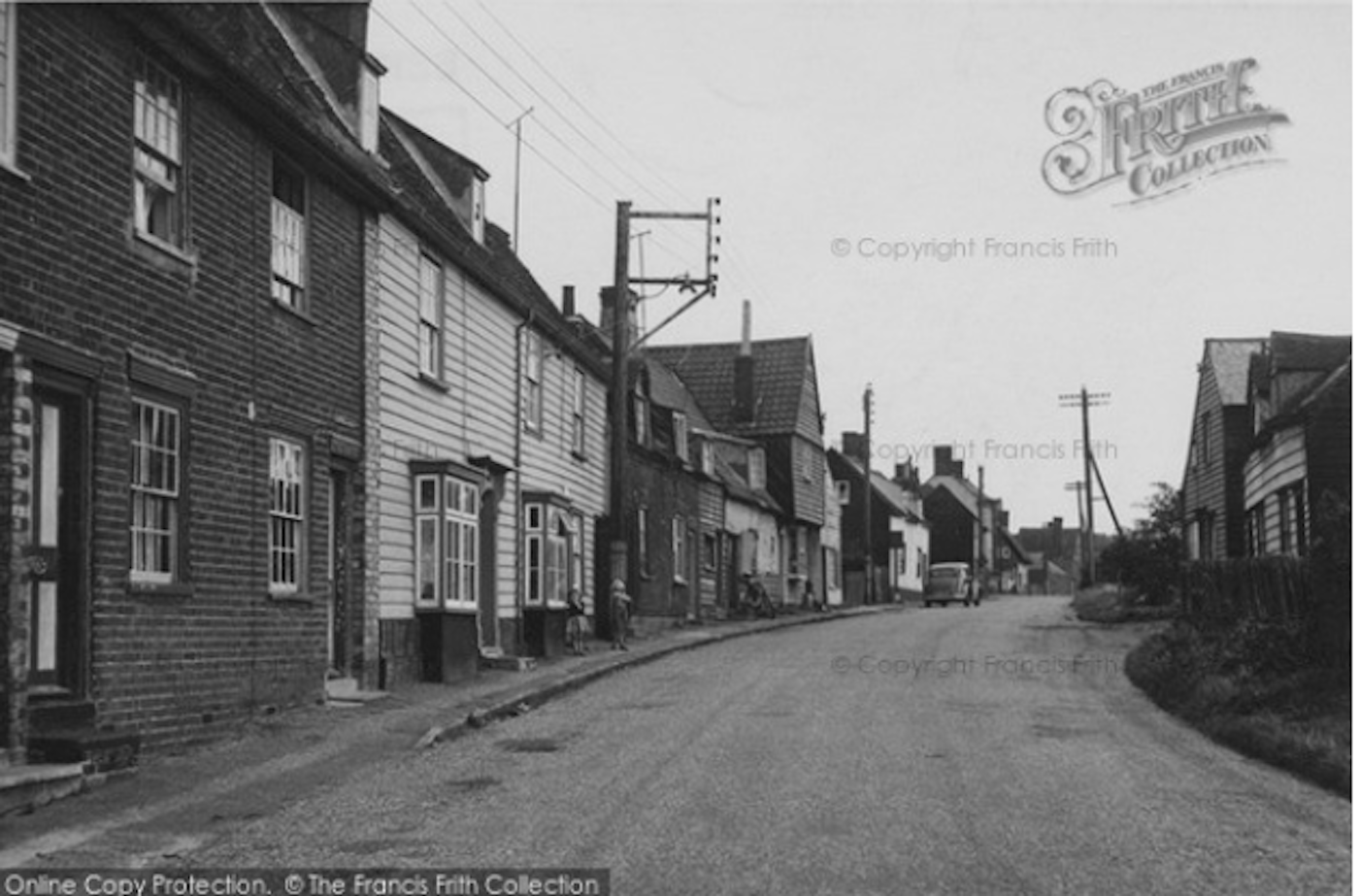
Slide title
Write your caption hereButton
Slide title
Write your caption hereButton
Slide title
Write your caption hereButton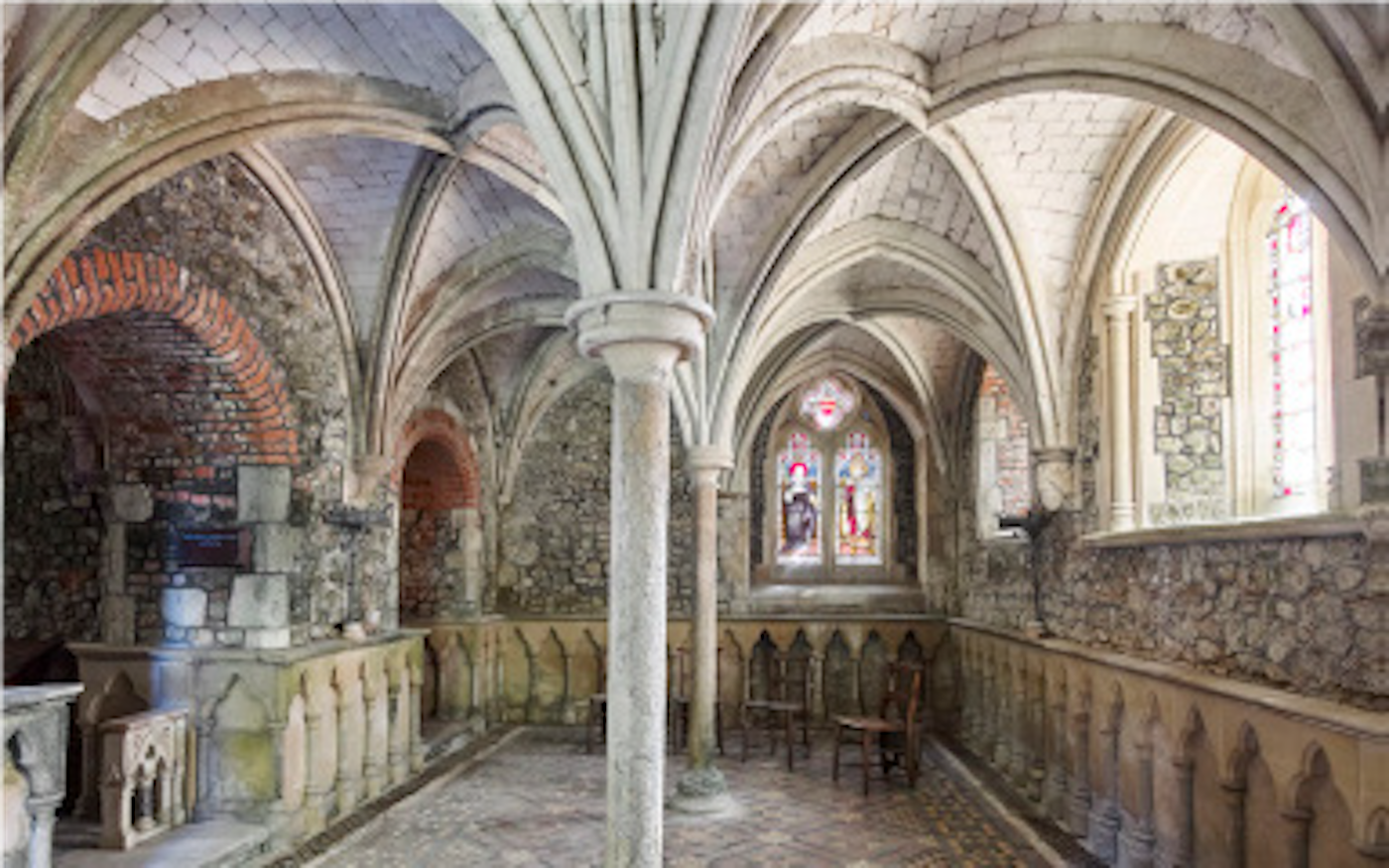
Slide title
Write your caption hereButton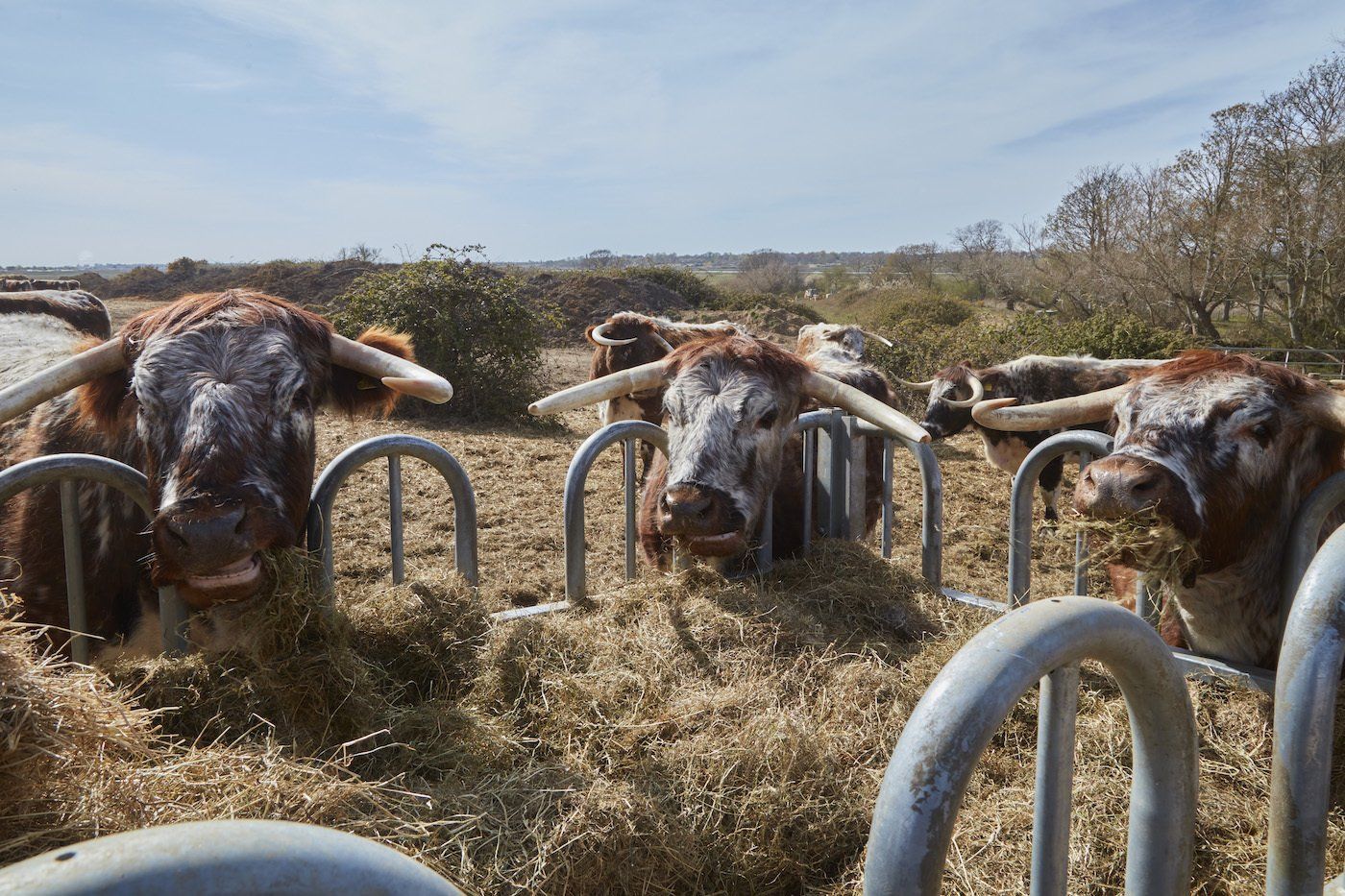
Slide title
Write your caption hereButtonSlide title
Write your caption hereButtonSlide title
Write your caption hereButtonSlide title
Write your caption hereButtonSlide title
Write your caption hereButtonSlide title
Write your caption hereButtonSlide title
Write your caption hereButtonSlide title
Write your caption hereButtonSlide title
Write your caption hereButtonSlide title
Write your caption hereButtonSlide title
Write your caption hereButtonSlide title
Write your caption hereButton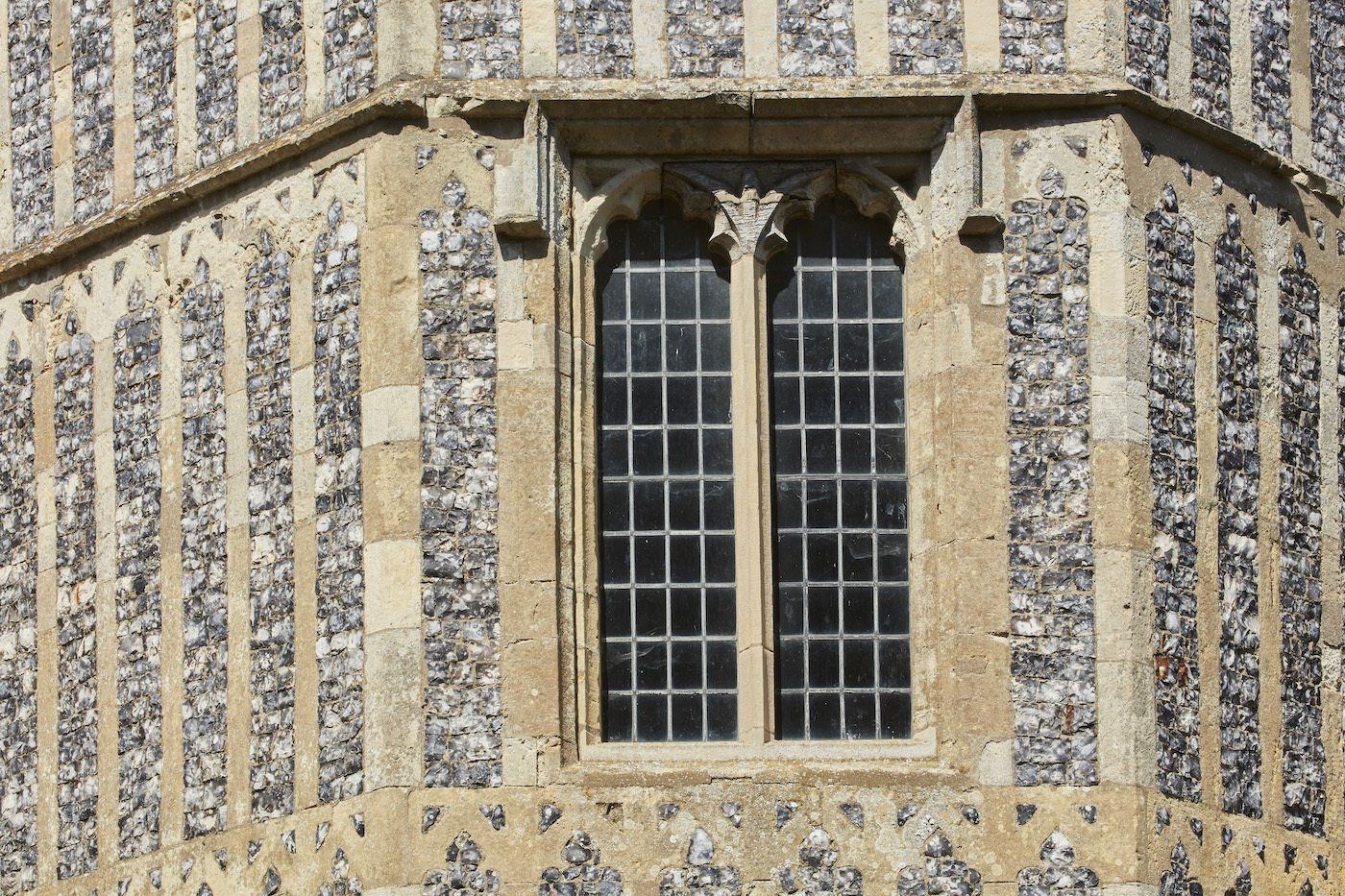
Slide title
Write your caption hereButtonSlide title
Write your caption hereButton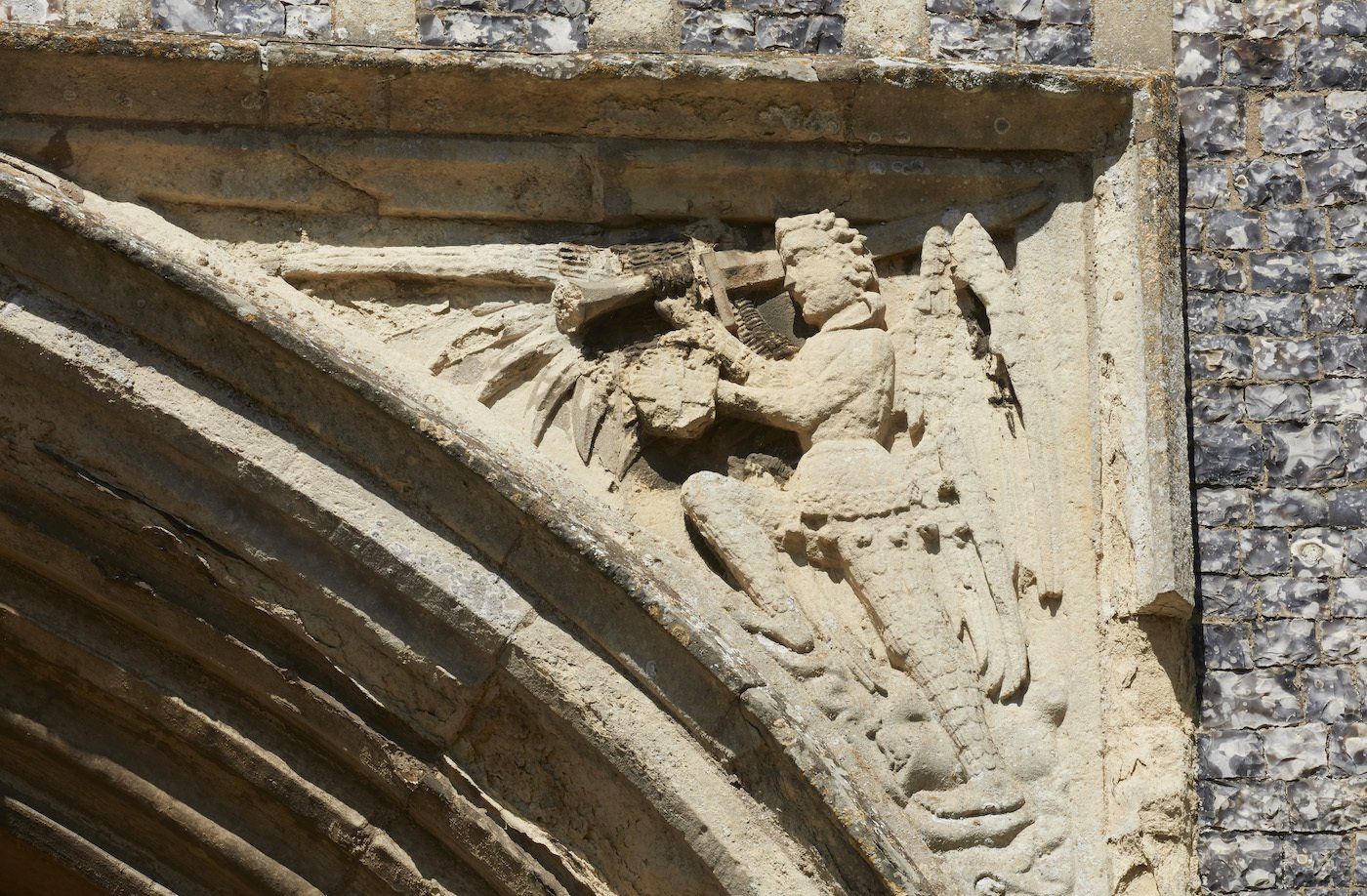
Slide title
Write your caption hereButton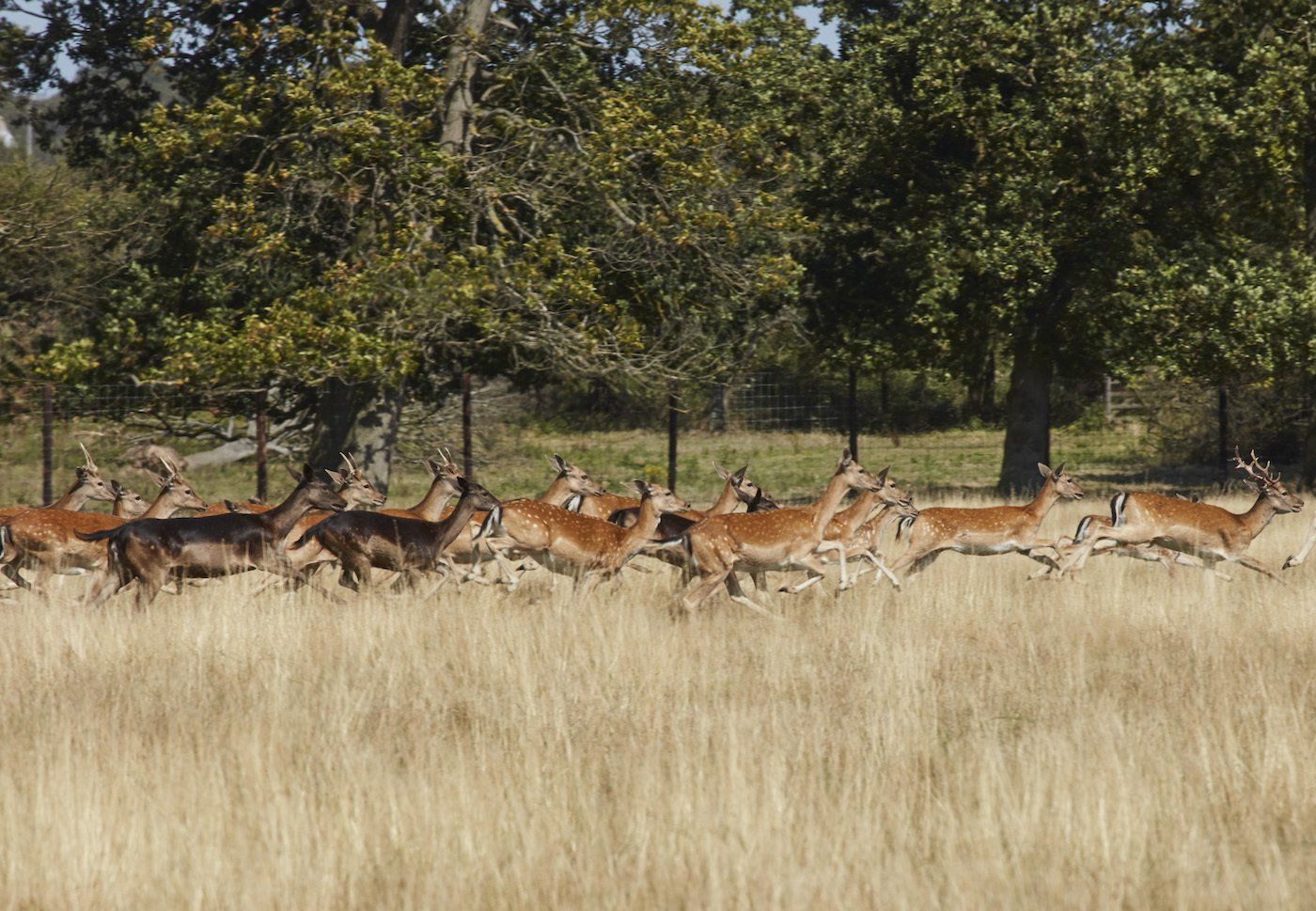
Slide title
Write your caption hereButton

We were utterly wowed by the beauty of St Osyth Priory. The team are so friendly and professional and helped us at every step. Organising a big event can be stressful but you can relax because you're in safe hands!

We felt a real sense of history walking around the grounds of St Osyth Priory. What a beautiful hidden gem – and it was total magic catching a glimpse of the deer!

St Osyth Priory is a simply stunning location for a wedding, or any other event. With views of the countryside and deers roaming the estate, this is a wonderful place to visit and the ancient collection of buildings adds a historical feel.
ssssstay in the kknow...
Sign up to receive exclusive offers, event updates and insider insights. Experience the magic of our timeless estate, delivered right to your inbox.
Footer Newsletter Signup
Thank you for subscribing!
Oops, there was an error subscribing.
Please try again later.
GETTING TO US
BY CAR:
M25 - exit junction 28, A12 to A120, A133 to local roads.
BY TRAIN:
The nearest Train Stations are Clacton-on-Sea or Colchester
BY PLANE:
Nearest airports: Stansted, Heathrow, Gatwick
OUR ADDRESS:
St Osyth Priory
West Field Lane
Essex
CO16 8GW
ANY QUESTIONS?
Email us: info@stosythpriory.co.uk
Call us: +44 (0)1206 430160


